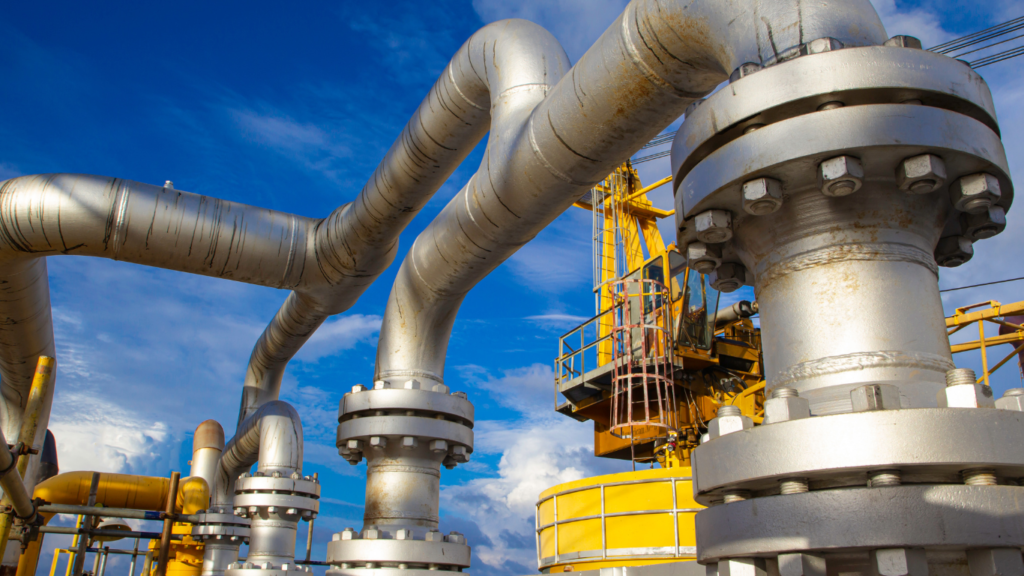In today’s world, the sustainability of industrial processes has taken centre stage. The pressure to reduce environmental impacts, ensure compliance with stringent regulations, and manage resources efficiently has never been greater. One solution that is gaining significant traction in heavy industries is Zero Liquid Discharge (ZLD) systems. This blog will delve into why ZLD systems are a must-have for heavy industries, emphasizing their importance across various sectors.
Understanding Zero Liquid Discharge (ZLD)
Before we explore why ZLD systems are essential for heavy industries, let’s briefly understand what ZLD entails. Zero Liquid Discharge is an advanced wastewater treatment process designed to eliminate liquid waste discharge from industrial facilities. It involves treating and recovering all wastewater produced during industrial processes, leaving behind only solid waste or brine concentrate. This treated water can then be reused within the facility or safely discharged without harming the environment.
ZLD System for Industries
One of the key applications of ZLD technology with Scaleban involves utilizing wastewater that has been treated in Effluent Treatment Plants (ETP) directly in cooling towers, completely eliminating the need for freshwater. By incorporating ETP-treated water into cooling towersand maintaining a high Cycle of Concentration (COC) within the cooling tower circuit, typically ranging from 15 to 20 eliminates heavy cooling tower blowdown without disturbing plant performance. This results in significantly higher levels of Total Dissolved Solids (TDS), typically around 25% to 30%. This elevated COC allows for minimal blowdown from the cooling tower. Moreover, relying solely on ETP-treated water in cooling towers eliminates the need for additional processes like Wastewater Reverse Osmosis (RO) and Multiple Effect Evaporation (MEE).
Furthermore, the implementation of Scaleban technology ensures the efficient operation of condensers, heat exchangers, and the cooling tower circuit by preventing issues like scale formation, corrosion, and bio-fouling. This performance surpasses that of traditional methods. By eliminating the usage of freshwater and the necessity for Wastewater RO and MEE processes, significant daily cost savings and huge reduction on CO2 emissions are realized by industries. Additionally, this approach contributes to a reduction in CO2 emissions, aligning with sustainability and environmental goals.
Start Your ZLD Journey with Us!
ZLD systems are not limited to a specific industry; they offer benefits across various heavy industries:
a. Power Generation: The power sector, including thermal and nuclear power plants, generates large quantities of wastewater due to cooling processes. ZLD systems in power plants help minimize water usage and discharge, reducing environmental impacts.
b. Chemical Manufacturing: Chemical industries deal with various hazardous materials and by-products. ZLD ensures the safe treatment and disposal of these chemicals, preventing contamination of water sources.
Start Your ZLD Journey with Us!
c. Textile and Dyeing: Textile and dyeing units generate wastewater with high levels of color and chemicals. ZLD not only helps in pollution control but also facilitates the recovery of dyes and chemicals for reuse.
d. Mining and Metallurgy: Mining and metallurgical processes produce effluents containing heavy metals and minerals. ZLD systems can recover valuable metals from these wastewaters while eliminating harmful discharges.
e. Oil and Gas: The oil and gas industry produces saline wastewater that can be challenging to manage. ZLD systems in this sector help reduce the environmental impact of produced water and improve resource recovery.
f. Pulp and Paper: Pulp and paper mills generate wastewater with high organic loads. ZLD systems can treat this wastewater, reducing the carbon footprint and water consumption of the industry.
Conclusion
In conclusion, Zero Liquid Discharge (ZLD) systems are an indispensable asset for heavy industries across the spectrum. They enable compliance with stringent environmental regulations, conserve precious resources, and contribute to mitigating water scarcity. Moreover, ZLD systems align with the principles of corporate social responsibility and can be applied effectively in various sectors, from power generation to mining and metallurgy. As heavy industries increasingly recognize the importance of sustainability, ZLD systems emerge as a must-have solution for a greener, more responsible future. Investing in ZLD not only benefits the environment but also ensures the long-term viability and competitiveness of heavy industries in a changing world.
